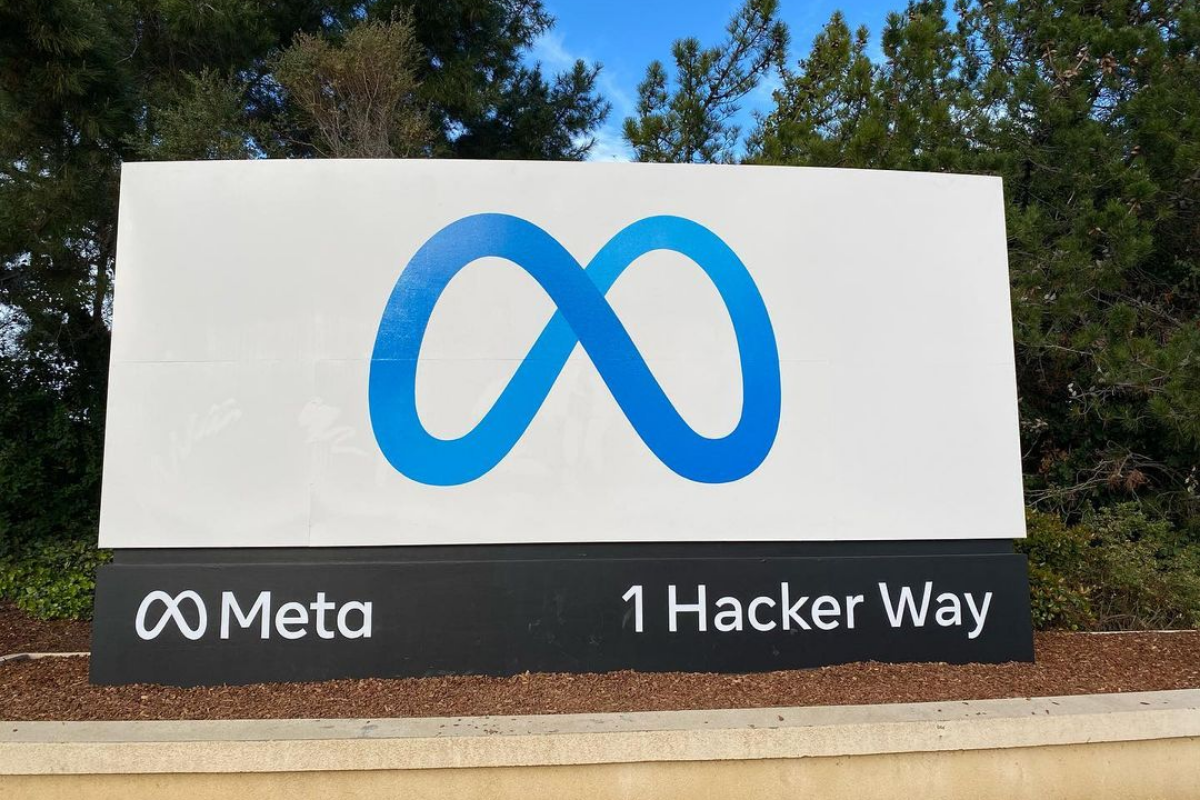
TL;DR: Meta Is Set To Roll-Out Paid Subscription to Facebook and Instagram
- In response to continued regulator and activist pressure, Meta has announced that it is introducing an ad-free subscription service to users of Facebook and Instagram in the UK.
- Subscription will cost £2.99/month when purchased online or £3.99/month on iOS and Android (for the first Meta account). It is more expensive to subscribe on iOS and Android because of the fees that Apple and Google charge through their respective purchasing policies. A reduced, additional fee of £2/month on the web or £3/month on iOS and Android will automatically apply for each additional account listed in a user’s Account Center.
- Meta will begin to notify UK users over the age of 18 that they have the choice to subscribe to Facebook and Instagram for a fee in order to use these services without seeing ads. Users will be able to dismiss the notification at first, allowing them time to consider their options before a decision is required. It appears that it will eventually become a mandatory choice.
- When someone subscribes, Meta says their personal data will not be used to show them ads. It isn’t clear if this means users will see no ads at all, or that they just won’t be shown personalised ads. For the time being, and until there is greater clarity, we’re assuming that paid subscribers will see no ads.
- Those who choose to use Facebook and Instagram for free will continue to see ads on these platforms and will still be able to use all of the tools and settings that allow them to control their ads experience.
Why Is Meta Introducing Ad-Free Subscription for Facebook and Instagram?
Like other big tech companies such as Google and Apple, Meta, owner of Facebook and Instagram, has been under growing regulator pressure across the EU and UK concerning its processing of personal data.
You can read our blog about that 👉 here.
In March 2025, Meta was forced to agree to stop targeting a UK Facebook user with personalised ads after human rights campaigner, Tanya O’Carroll, launched a lawsuit alleging the company had breached UK data laws by not respecting her right to opt out of targeted ads. The parties settled out-of-court, but the claimant’s case was supported by the Information Commissioner’s Office (ICO).
At the time, Meta, argued that it fundamentally disagreed with the claims made against it, and takes its obligations under GDPR seriously, adding that it was weighing the option of introducing an ad-free subscription service in the UK.
On 26th September, Meta publicly announced that it has now decided to press ahead with this model for users of Facebook and Instagram.
It says it continues to believe in an ad-supported internet that ensures free access to personalised products and services for all, and that personalised ads help people discover relevant, new products and services while allowing British businesses to reach the customers most likely to be interested in what they offer. It notes how studies show that personalised ads boost revenue for the companies that show ads on its platforms, with every pound spent driving £3.82 in revenues, on average.
Meta also says that UK advertisers will be able to continue running personalised advertising campaigns in the UK to reach those who choose to continue to receive a free, ad-supported online service.
What Could An Ad-Free Facebook and Instagram Model Mean For Advertisers?
If large numbers of users opt to go ad-free by taking up paid subscriptions, then advertisers could expect to see their audiences shrink.
Should this happen, businesses and charities that rely on Facebook and Instagram to reach, connect with, and attract customers and donors will find it harder to achieve their goals.
The key question, then, is how many people can we realistically expect to pay for Facebook and Instagram in return for an ad-free user experience?
In a 2023 poll by Opinium, 13% of respondents said they were either likely or highly likely to pay to go ad-free on Facebook.
But, like all polls, the question was posed in the abstract; in practice, the true figure will be substantially lower.
In part, that’s because people are disinclined to pay for anything that they’ve previously enjoyed for free.
This is evident when you consider analogues such as Twitter/X. Less than 1% of its user base has taken up its subscription model (estimates we’ve found suggest it is somewhere between 0.3% and 0.5% globally).
The Twitter/X experience is a strong indicator of low consumer willingness to pay for social media features, and suggests that the subscription model tends to appeal only to a very small audience.
We anticipate that somewhere between 1% and 3% of UK Facebook and Instagram users might move to ad-free subscriptions, reflecting the fact that Facebook, especially, has more to offer than Twitter/X when it comes to overall utility and user experience, and that its subscriptions will cost less, but that uptake won’t be much higher.
Start Thinking About How Your Business or Charity Will Respond To Meta’s New Ad-Free Subscription Model
It seems unlikely that subscription uptake will be significant, meaning advertising audiences will probably remain largely intact, experiencing only limited shrinkage.
But it would be prudent to give some thought to how the new model could impact your business or charity that relies on Facebook and Instagram to reach and connect with audiences at scale, and to think about strategies for responding just in case.
What would a (worst case) 13% reduction in targetable Facebook and Instagram users mean to you?
Higher costs for fewer impressions: a 13% loss of users would mean a comparable drop in the number of ad slots available. The increased competition for the remaining 87% of users would drive up the costs of impressions, clicks, and conversions. Together, these increased costs would impact Return On Advertising Spend (ROAS).
Loss of higher income audiences: The users most likely to go ad-free are those who are most privacy conscious but also able to afford the subscription. The audience that remains, whilst perhaps also wishing to see fewer personalised ads, would be skewed towards those with less disposable income meaning ads would be better deployed to sell lower value products or to request smaller donations.
Planning and forecasting: It will be harder to design campaigns, and predict the results based on spend, making success harder than ever.
A more plausible 1-3% decline in audiences, whilst not huge, would still result in some of these outcomes.
It would be wise to explore the following strategies just in case, remembering that the introduction of the subscription model is linked to changes in privacy rules that have already seen Meta respond with restrictions on Pixel data sharing, and so it’s sensible to be thinking ahead more broadly in any case.
Accelerate the shift to first-party data collection
Own the relationship between your organisation and your audiences. Use lead magnets and other tactics to build an email list that allows you to communicate directly without having to rely on Facebook and Instagram ads. This is a smart choice regardless of Meta’s new ‘consent or pay’ model. You’ll still be able to use this to create offline conversion and custom audiences with which to then build lookalikes to expand your reach.
Adjust your media mix
Take 10-20% of your Facebook and Instagram ads budget and use it to test other platforms that you may not have already explored, such as YouTube, TikTok, and banner ads on display networks. Compare reach and Cost Per Result to find the platform that most closely matches the results you’ve tended to obtain using Meta’s platforms, and then scale from there.
Change from personal to contextual targeting
Rather than target people based on expressed demographics, interests, and behaviours, use broad targeting and change your ad creative and copy to appeal to people in a way that means they self-select. For instance, if you’re a cat rescue charity that is seeking to put ads in front of animal lovers for a fundraising campaign, let your creative and copy do the heavy lifting: use an image of a kitten emerging from a cardboard box, blinking into the light, with messaging like “Every cat deserves a loving home to curl up in this winter. Will you help by donating just £10?” Here, the creative itself does the targeting - anyone scrolling who is moved by cats will pause; those who are indifferent won’t. You don’t need Meta’s interest filter to help you find your audience, you let your ads do that job instead (which is how it used to be before advertising became as data-dependent as it has in the last decade or so).

Key Takeaways: Meta’s New Ad-Free 'Pay or Consent' Subscription Model
- Meta is introducing a new paid subscription service to UK Facebook and Instgram users.
- The move is a continuation of its response to tightening data privacy laws across the EU and UK.
- We estimate that uptake will be relatively low, probably in the range of 1-3% of users.
- Nonetheless, as people start to adopt the subscription model, it will mean that audiences shrink.
- To get and stay ahead of these changes, UK advertisers should focus on building email lists (first-party data), exploring the options for diversifying their media mix, and moving from detailed targeting to broader targeting that uses contextual creative and copy to connect with the right audiences rather than relying on Meta's filters.
What's happening
Our latest news and trending topics



